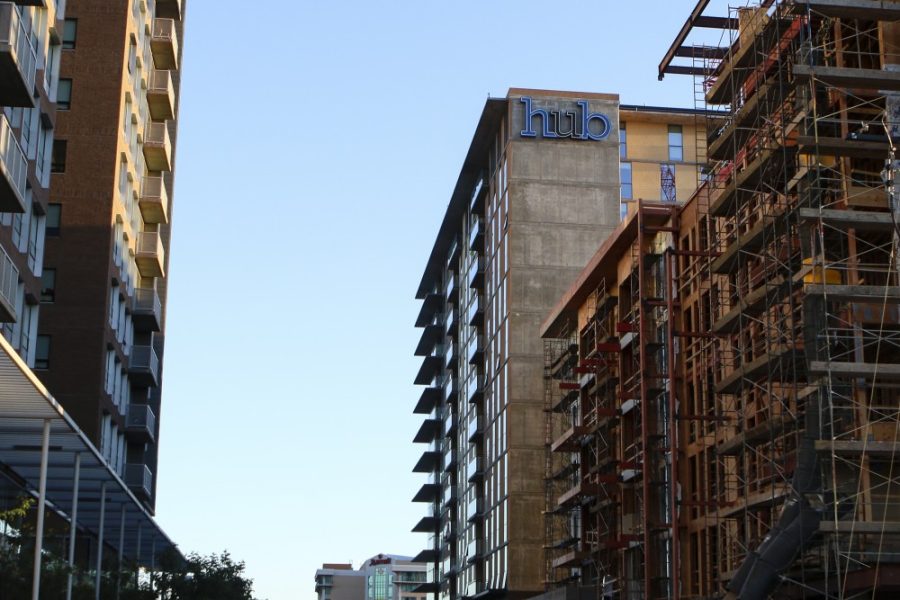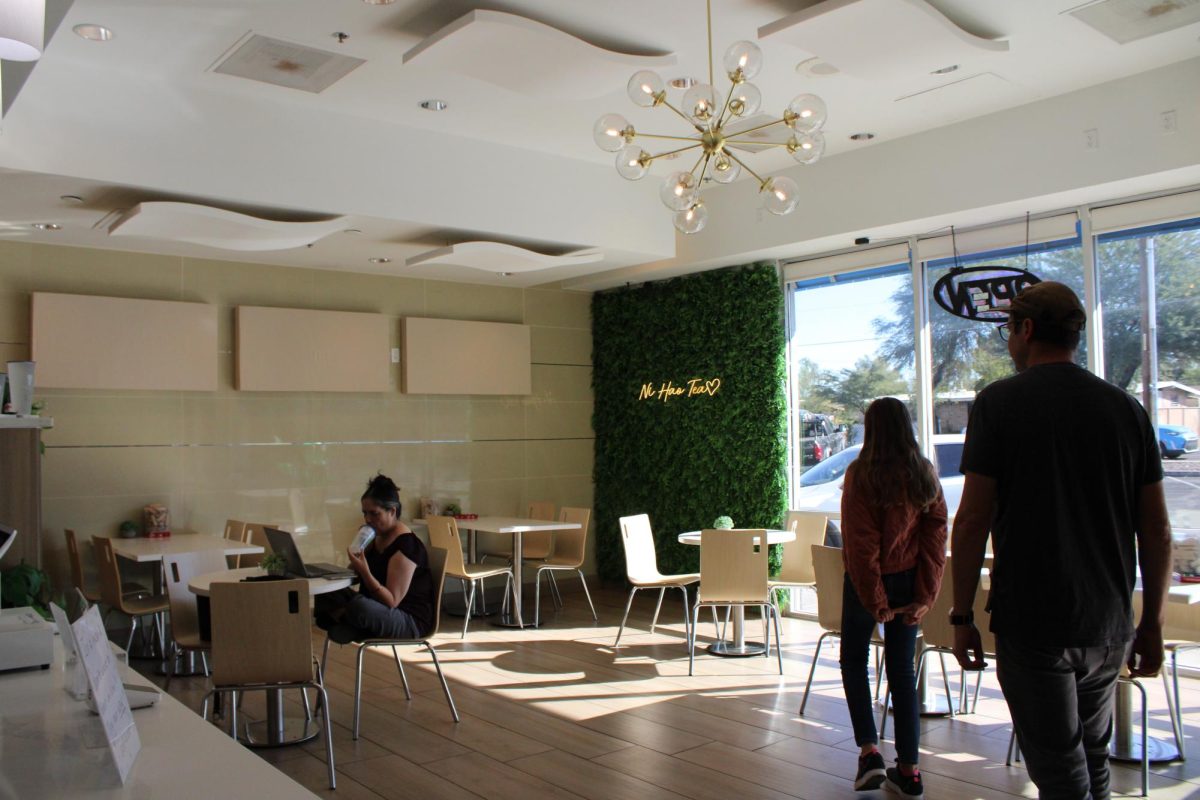Restricting high-rise development to the university area can, for the time being, protect the rest of Tucson’s housing.
The Main Gate district is increasingly dotted with towering monoliths that impose themselves into the landscape as constant reminders of Tucson’s future and the gentrifying influences at play. They also offer a possibility for housing development in Tucson, despite their current reality presenting a grim future. This has led to the question: Should high-rises expand out to the rest of the city or stay sectioned off?
For the vast majority of Tucson, vertical building or density hasn’t been the case for the most part. Recent developments, primarily centered on students, have slowly rippled out but stayed centered around the main downtown area, already featuring taller buildings. A dense urban landscape has never been part of Tucson, with only minimal development downtown that still matches or barely exceeds the current height of Main Gate’s student housing.
RELATED: OPINION: Republicans are right about Tucson elections
The partitioning of student housing away from the vast majority of the city is a possible way to restrict mass changes to Tucson’s urban form, but vertical development has increasingly recognized benefits, and in a city plagued by urban sprawl, density can relieve some of the pressure it causes. Instead, the current benefits are seen only by a privileged few and downtown living is restricted to a minority of homeowners and renters.
Thoughtful development can turn the tides in favor of an equitable urban environment. High-rises can allow for more access to housing in an increasingly expensive downtown area and provide the much-needed space, not only for students, but locals as well. Limiting development only to a small area outside the university prevents larger trends throughout the city.
Still, worry is necessary, as developments often aren’t built with the equity in mind, a case immediately obvious in the high prices for student housing and the lack of affordable housing provisions allotted in downtown construction projects. The argument for giving up space to development is one often used by those claiming resistance to gentrification exacerbates the problem. If development were to occur, then land previously occupied by small residences with high land and rent prices could be converted to denser housing and subsequently lower prices. In a city that’s most recent high-rises feel distant from the rest of the city, this scenario is hard to believe.
RELATED: OPINION: Biking dangers on campus
Without rent control or proper measures put in place to maintain thoughtful development, Tucson is likely to run the course of other major cities. As Aspire 2 begins construction directly next to the first Aspire, the question of whether or not high-rises will stick to one area is one of urgency. Maintaining the relative affordability of Tucson living costs and promoting community developments should take precedent, and there is no reason they can’t coexist with high-rise construction if proper restrictions are put in place.
So, for now, the relatively minimal development sectioned off to the Main Gate area at least can be used as a means for denying the rippling out of high-rise construction into the peripheries of downtown and greater Tucson, where rising housing prices can create even greater risks of precarity for residents ill-equipped for the changes.
Nathan Gosnell is a senior majoring in East Asian studies: Japanese language and minoring in political science.









